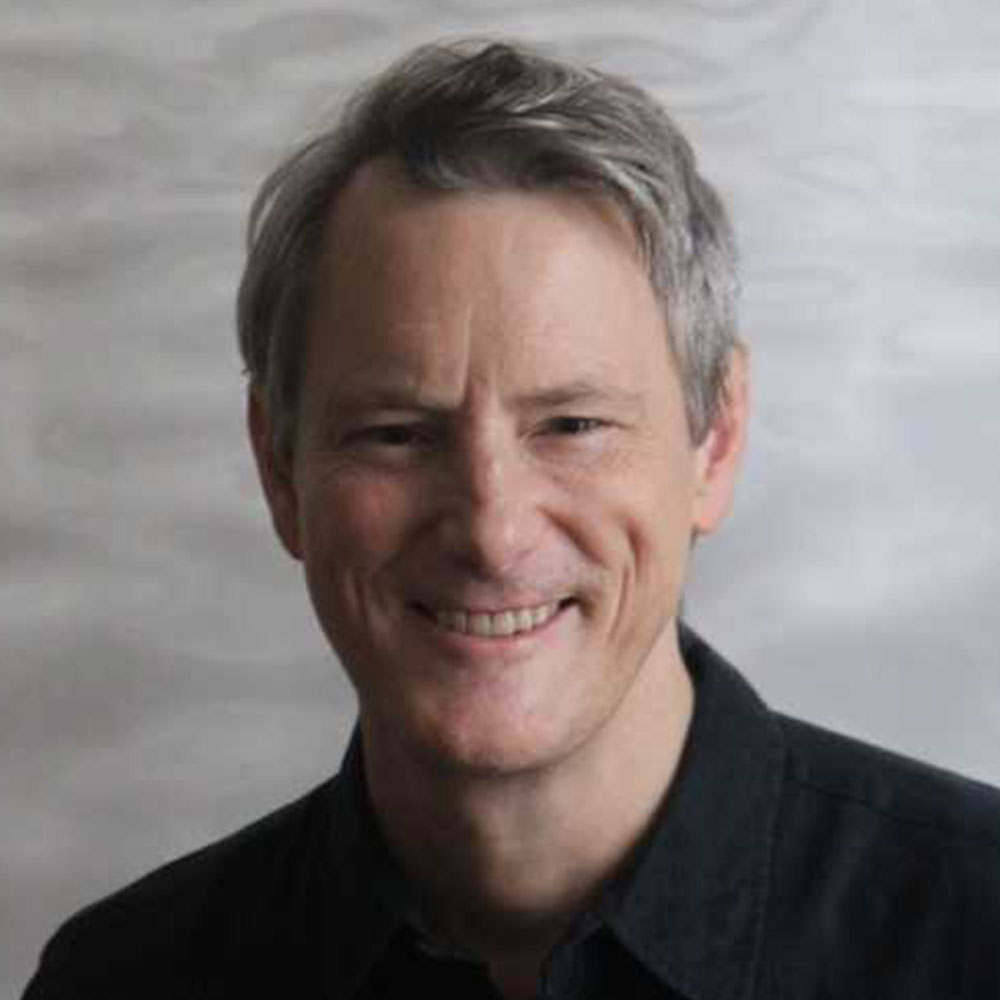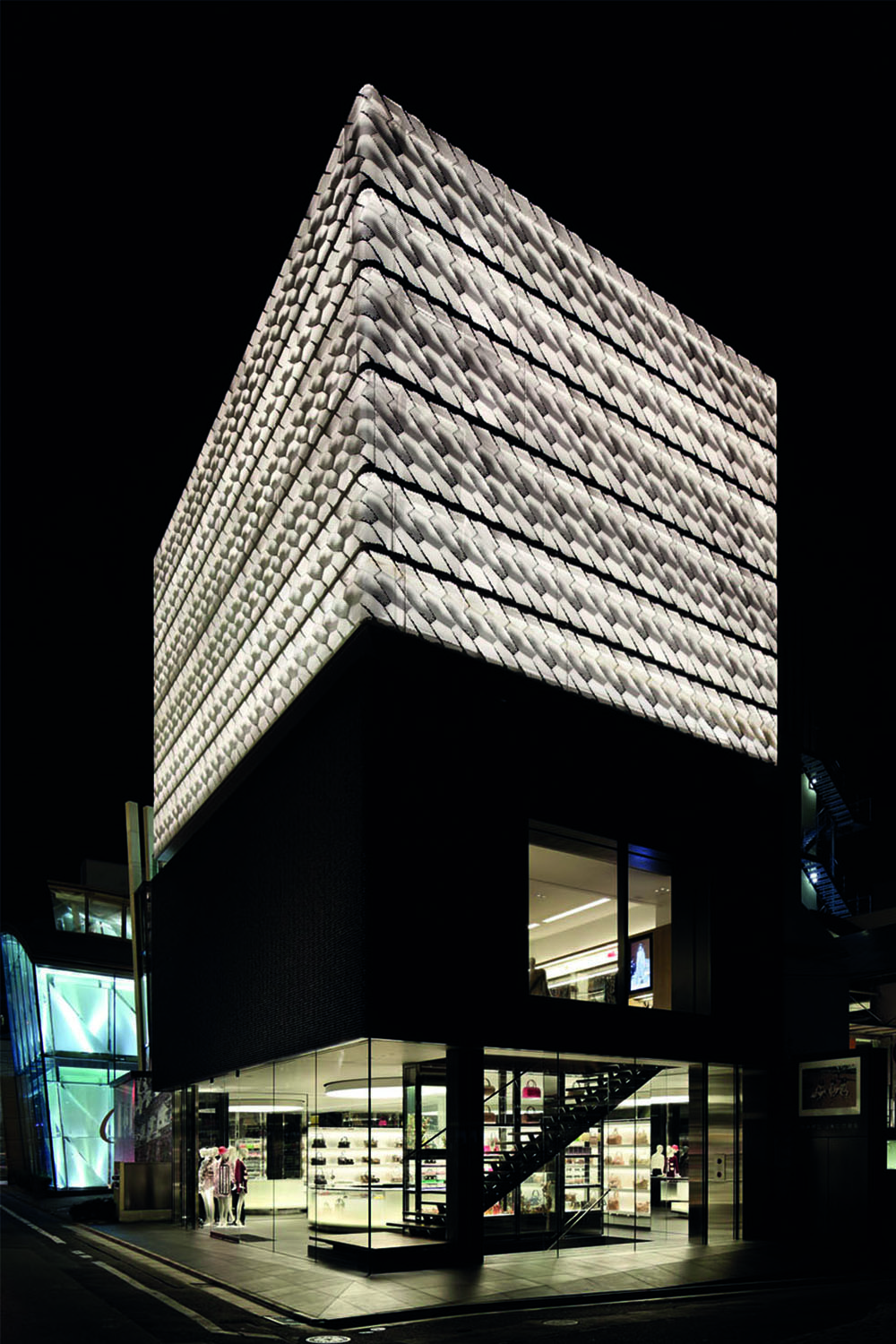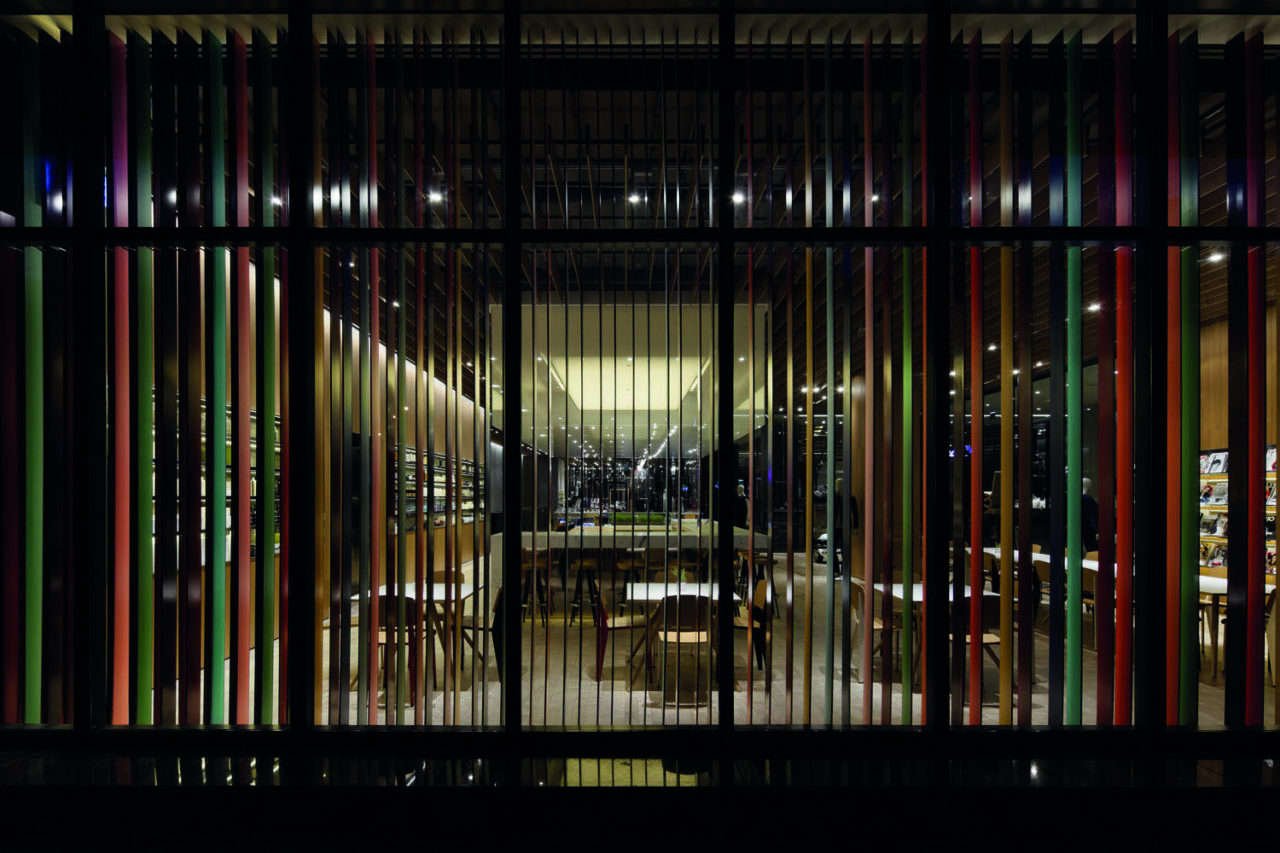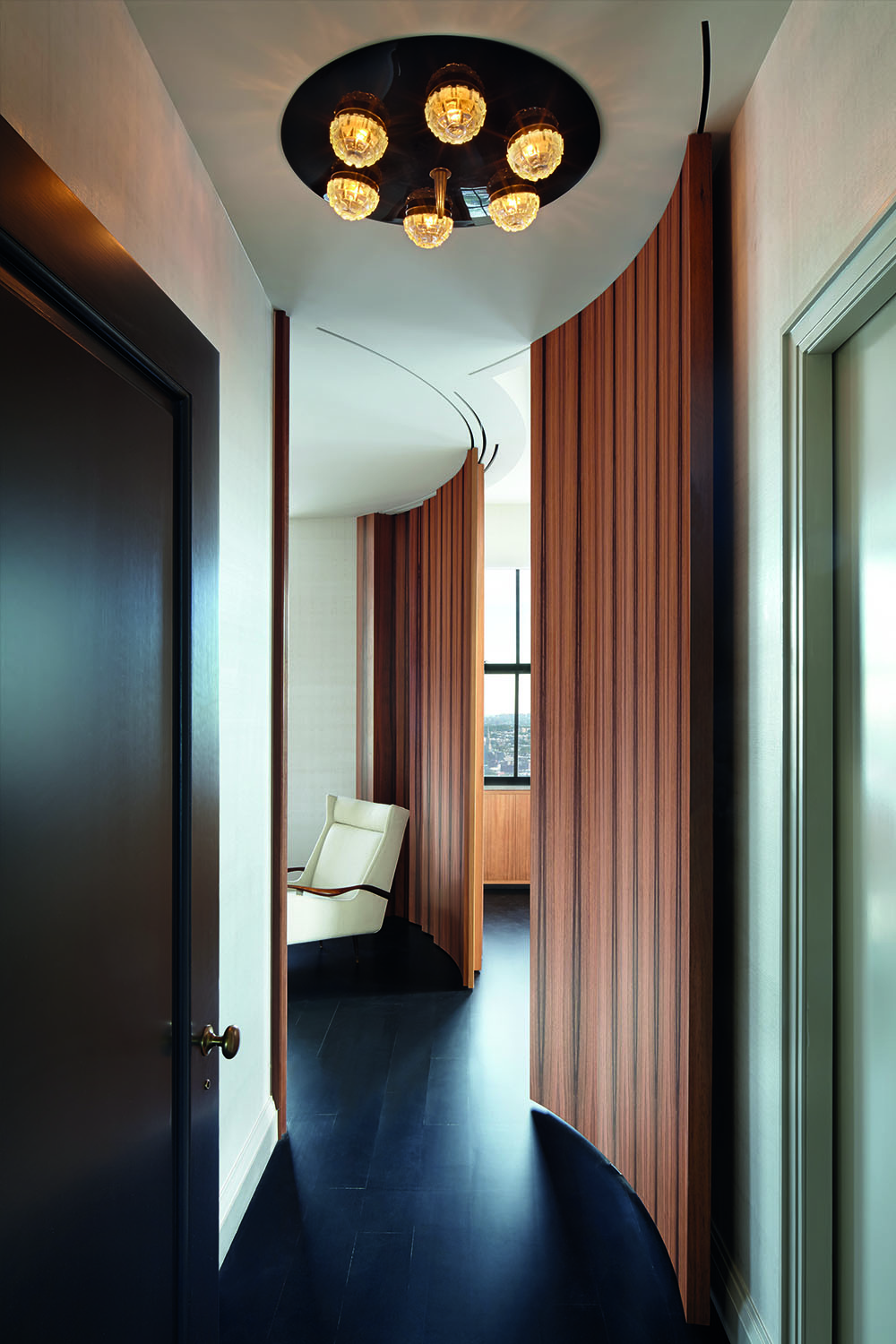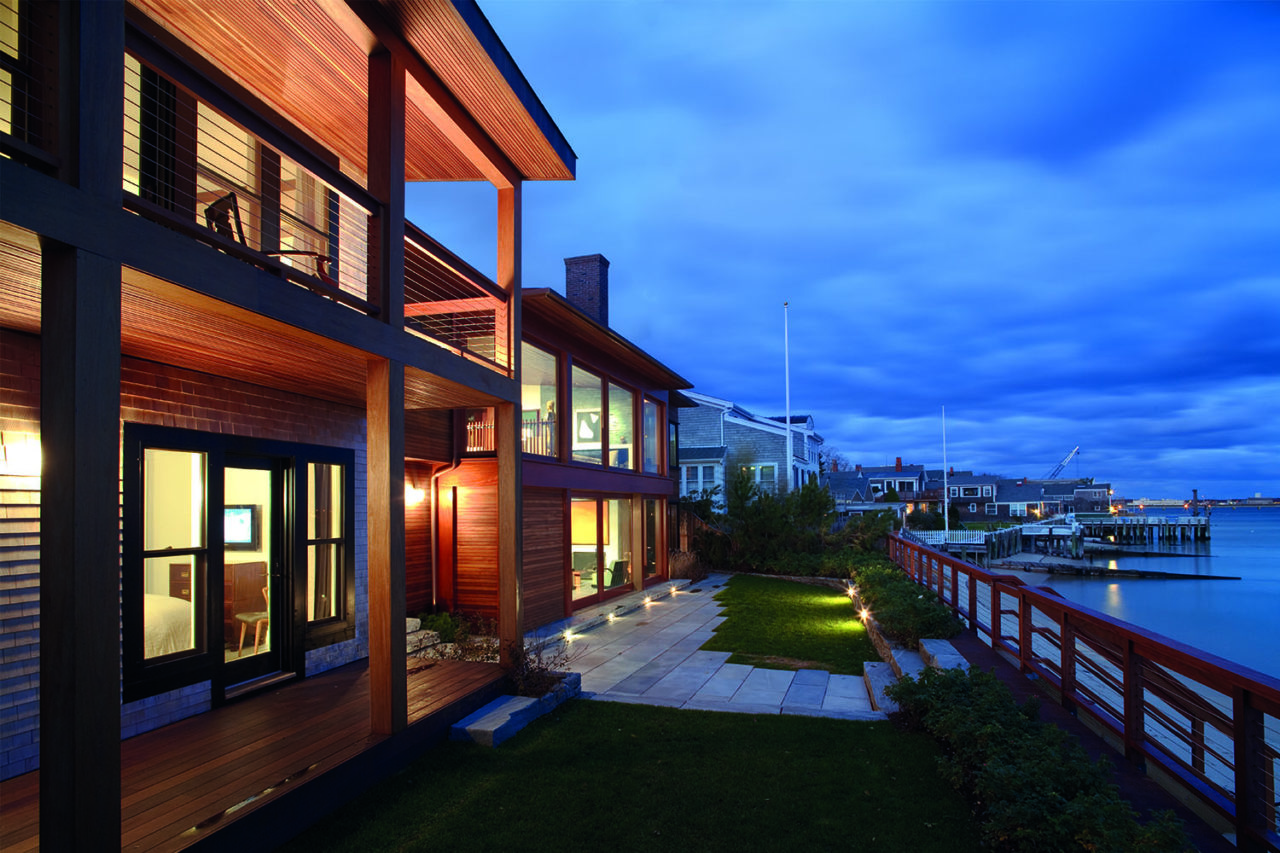by: AIA New York
Projects by Stephan Jaklitsch, FAIA, are explorations into the widely applicable potential of architectural design. Together with Mark Gardner, AIA, NOMA, Jaklitsch directs JAKLITSCH/GARDNER Architects with a belief that architecture can shape how we live and work and contribute a qualitative difference to our physical and mental well-being. His work has been widely acclaimed, winning nine AIA Design Awards, including an AIA Institute Honor Award, among many other achievements.
The excellence of his work and his influence on the public-professional dialogue have expanded the significance of architecture and of the profession. Jaklitsch has been a forceful advocate on behalf of the AIA and design excellence through its AIANY Interiors Committee. Jaklitsch serves on the Board of Directors of Open House New York, is a Visiting Critic at Syracuse University ’s School of Architecture, a lecturer at Pratt Institute, and currently serves as an Architectural League Mentor with the City College of New York, Jaklitsch has fostered a diverse group of students towards a career in architecture and design.
This year, the Jury of Fellows of the AIA elevated Jaklitsch to its prestigious College of Fellows in the first category of Fellowship, which recognizes architects who have “Promoted the aesthetic, scientific, and practical efficiency of the profession,” according to the organization’s definition.
Q: What do you think are the biggest challenges, or opportunities, facing cities?
A: It is interesting to be asked this question during a pandemic. The same issues from two months ago remain relevant, and are perhaps even more acute, while a whole new set of challenges have emerged. Cities are extraordinary generators of knowledge, wealth and culture yet their vibrancy and attraction come with specific challenges regarding affordability, transportation, density, public space, and the inclusion of nature for both mental and physical health. In addition, social, political and economic challenges regarding class inequities, employment rights, and the right to healthcare have been exacerbated by the public health situation; leaving the most vulnerable amongst us risking their l ives as they seek to make a living. As we adapt to our current situation in the coming months and years, we have the opportunity to reconceptualize our notion of public space, and our sense of responsibility to each other. We are social animals who thrive with interaction and dense cities make this possible but we need to find ways to make them more resilient, and more conducive to public health and safety.
Q: What are some of your favorite recent projects that you’ve worked on?
A: We’ve been fortunate to design a broad array of project types but I am particularly excited about two public projects we are designing at the moment, an exhibition space on Governors Island and a museum in lower Manhattan. These projects afford us the opportunity to engage the public in a meaningful way, weighing the competing needs and interests of various constituencies and developing consensus around issues of equity, public art, and sustainability—issues that are fundamentally important to us as architects. In rehabilitating and preserving these significant buildings, it is gratifying to be able to contribute a sense of pride in our shared civic realm.
Q: What are your greatest sources of inspiration?
A: I am always intrigued how people of different cultures use architecture and public space—what rituals do they observe surrounding food or religion? How do they interact with nature? How do they gather together to celebrate or seek solace? How are materials used and do they convey a sense of meaning? I find that we are amazingly similar across cultures and face many of the same challenges. That basic human connection provides me a rich sense of optimism about our shared future. What most intrigues and inspires me, however, are the differences, or variations in how we live and accommodate local conditions. The Japanese are much more attuned than we are to seasonal variation or the use of materials to suggest a degree of interior space. We were in Mexico City earlier this year and I was paying particular attention to how vernacular building materials can be adapted to craft contemporary structures that are simple yet extraordinary.
Q: How/why did you decide to pursue architecture?
A: I seem to have been that odd child who has a strong sense of what they wish to do from an extremely young age—like 3 years old! I come from a very large family where no one was involved in architecture yet I was always fascinated by construction, physical space and materials, and how they come together. Initially, my knowledge and interest were primarily about the assemblage of objects and spaces but my interests broadened. How people conceive and use architecture and what it means has become essential to me. How we shape and inhabit our built environment are among the most meaningful things I can imagine.
Q: How do you feel about the state of the industry right now?
A: I am an eternal optimist although we are at a moment of crisis—or a continuing series of crises. I believe challenges are opportunities to assess what works and what needs to be reconsidered. The economy is obviously about to be a a tremendous challenge for the industry and many talented younger architects will end up leaving the profession. That loss happened in my own generation in the early 90’s, and we saw it happen in 2001 and 2009 as well. Beyond the immediate issue, however, are longer-term fundamental challenges about the economics of architecture, technology, climate change and the impact of carbon, and the role of cities. Architects have a critical responsibility, as well as a crucial opportunity in the face of climate change, to seek solutions and to craft an essential role for ourselves in how we shape our built and natural environments.
Editors’ Note: This feature is part of a series celebrating the members of the American Institute of Architects (AIA) New York Chapter who are elevated each year to the AIA College of Fellows, an honor awarded to members who have made significant contributions to both the profession and society. Learn more about Fellowship here.








